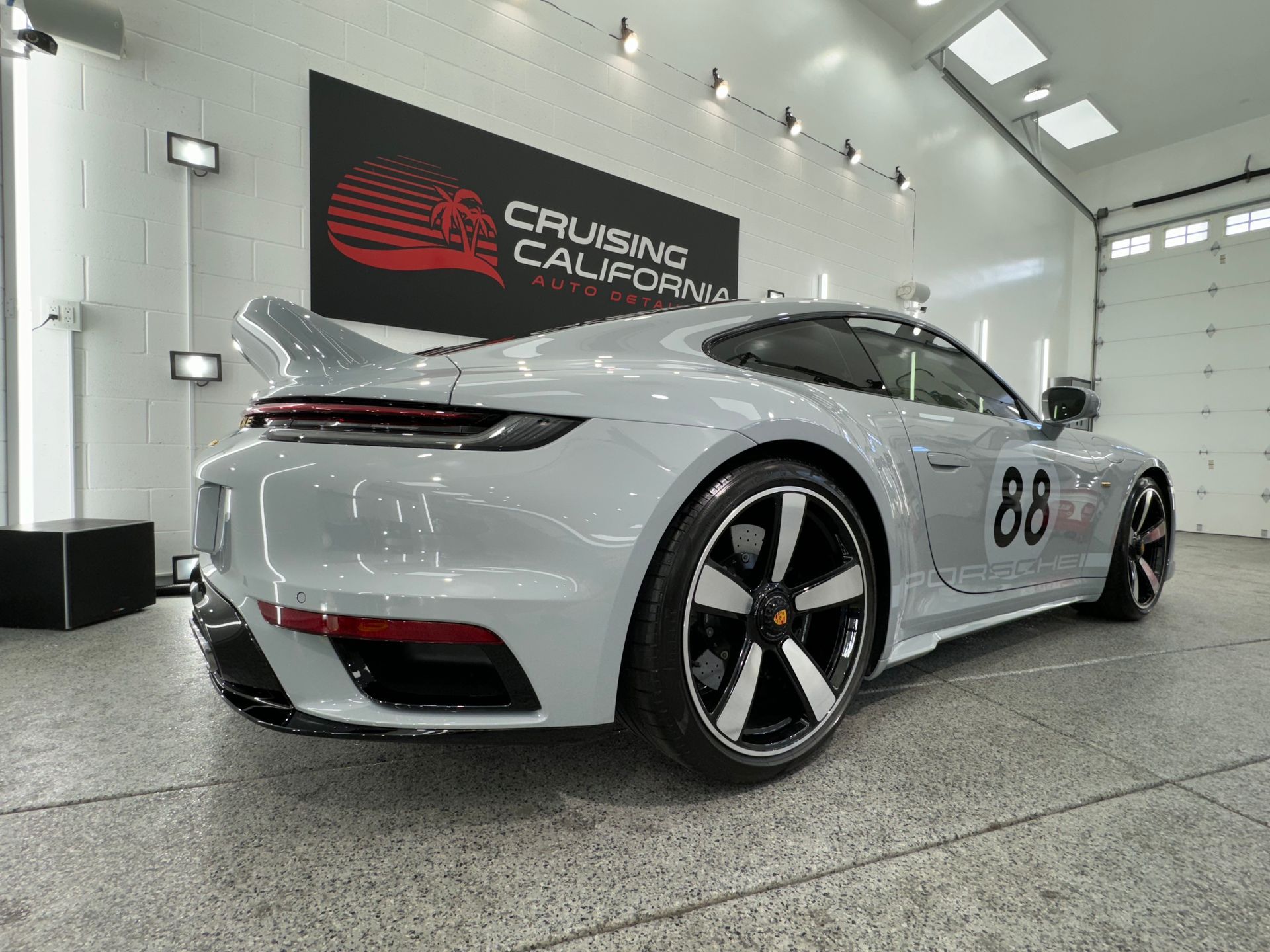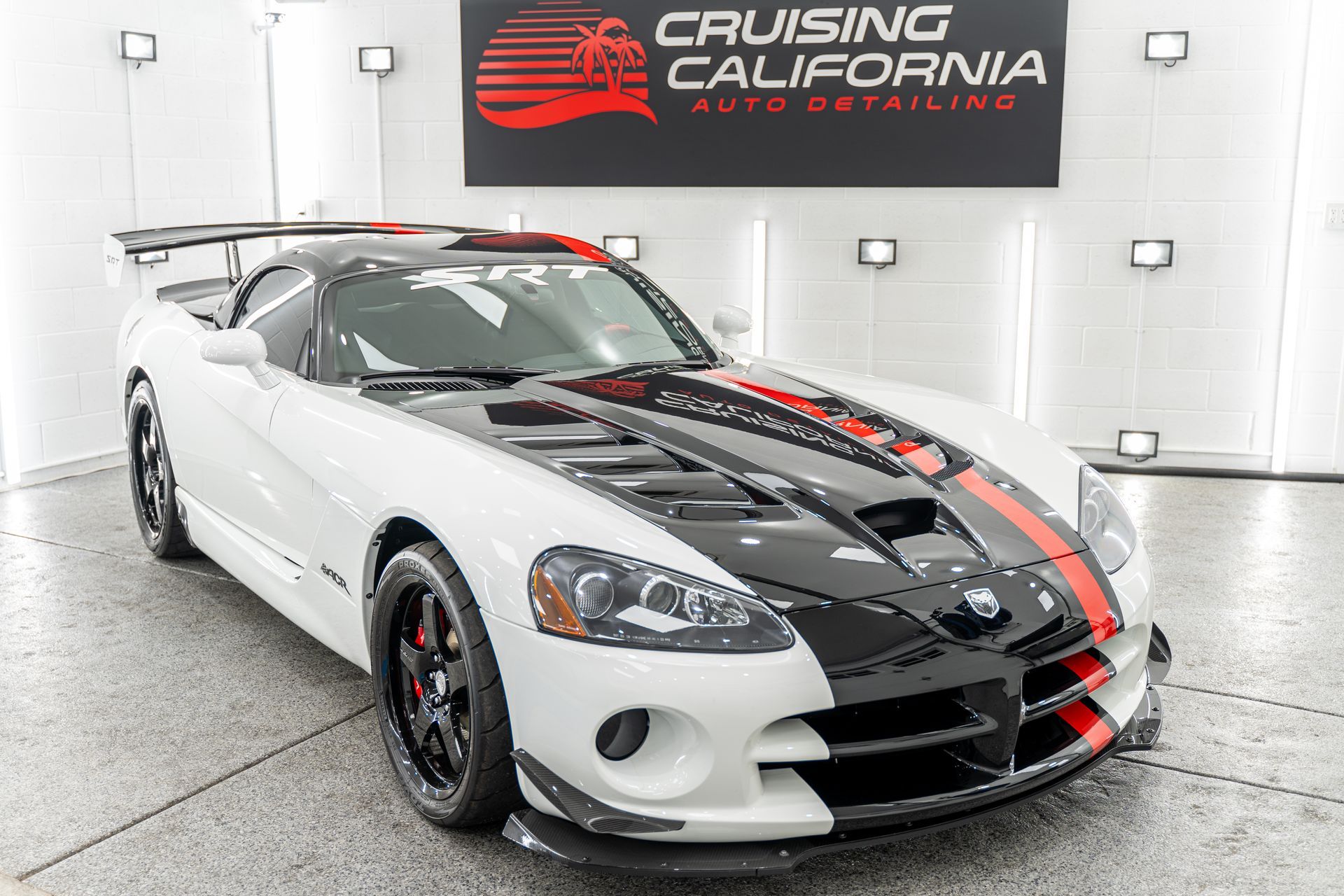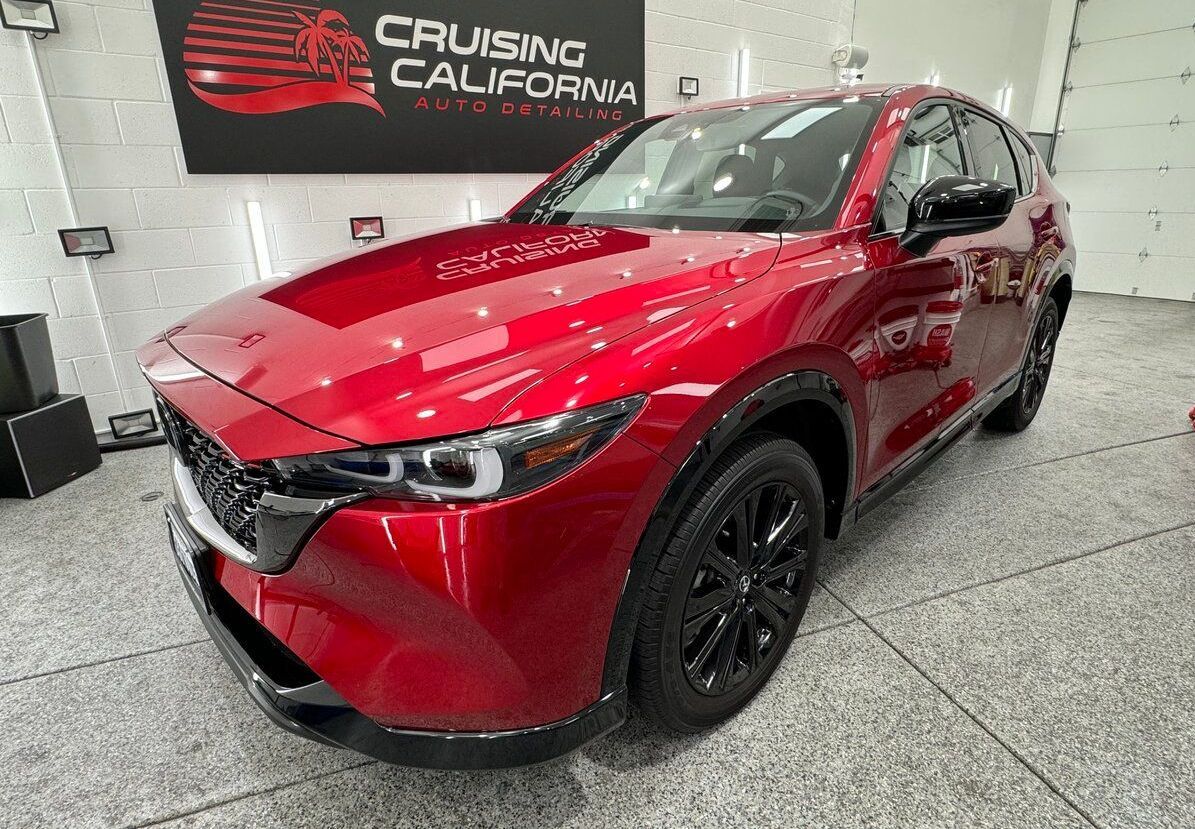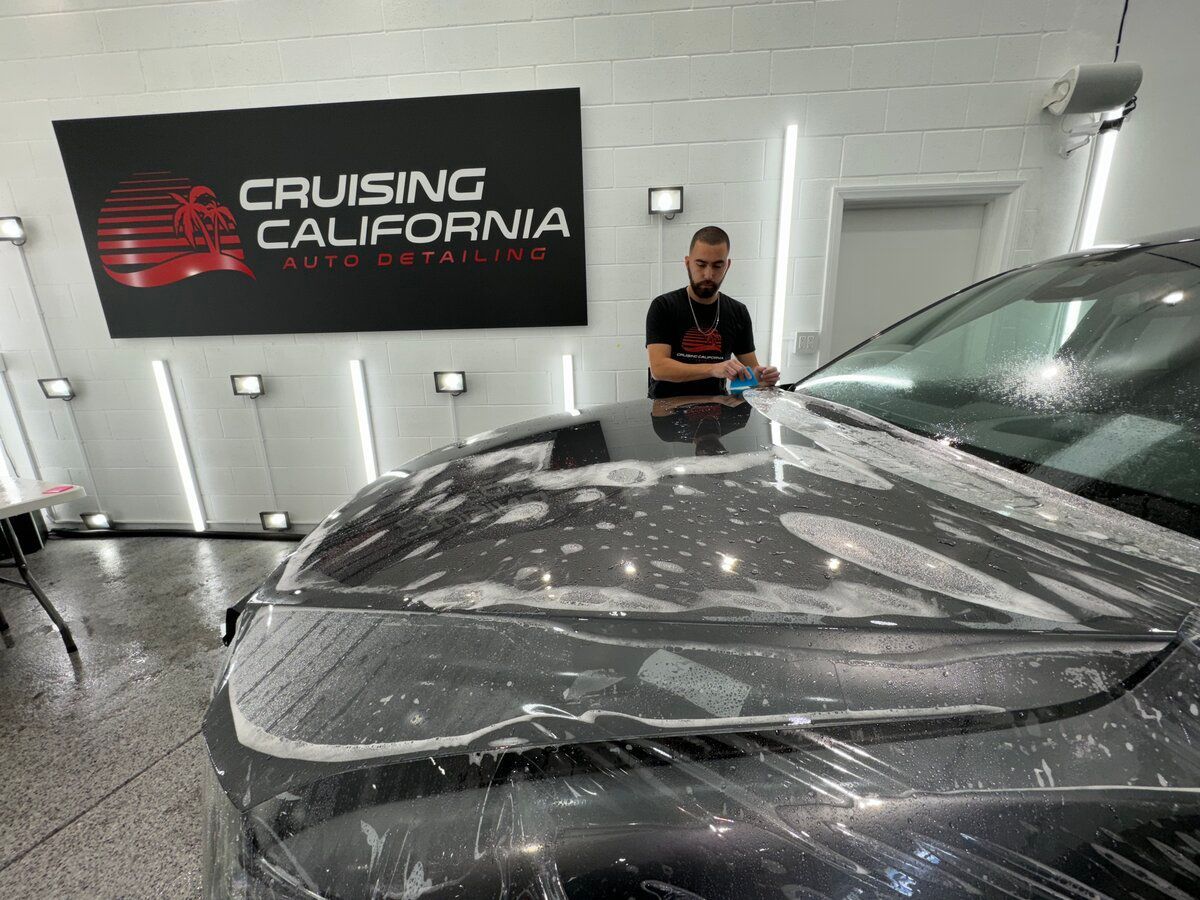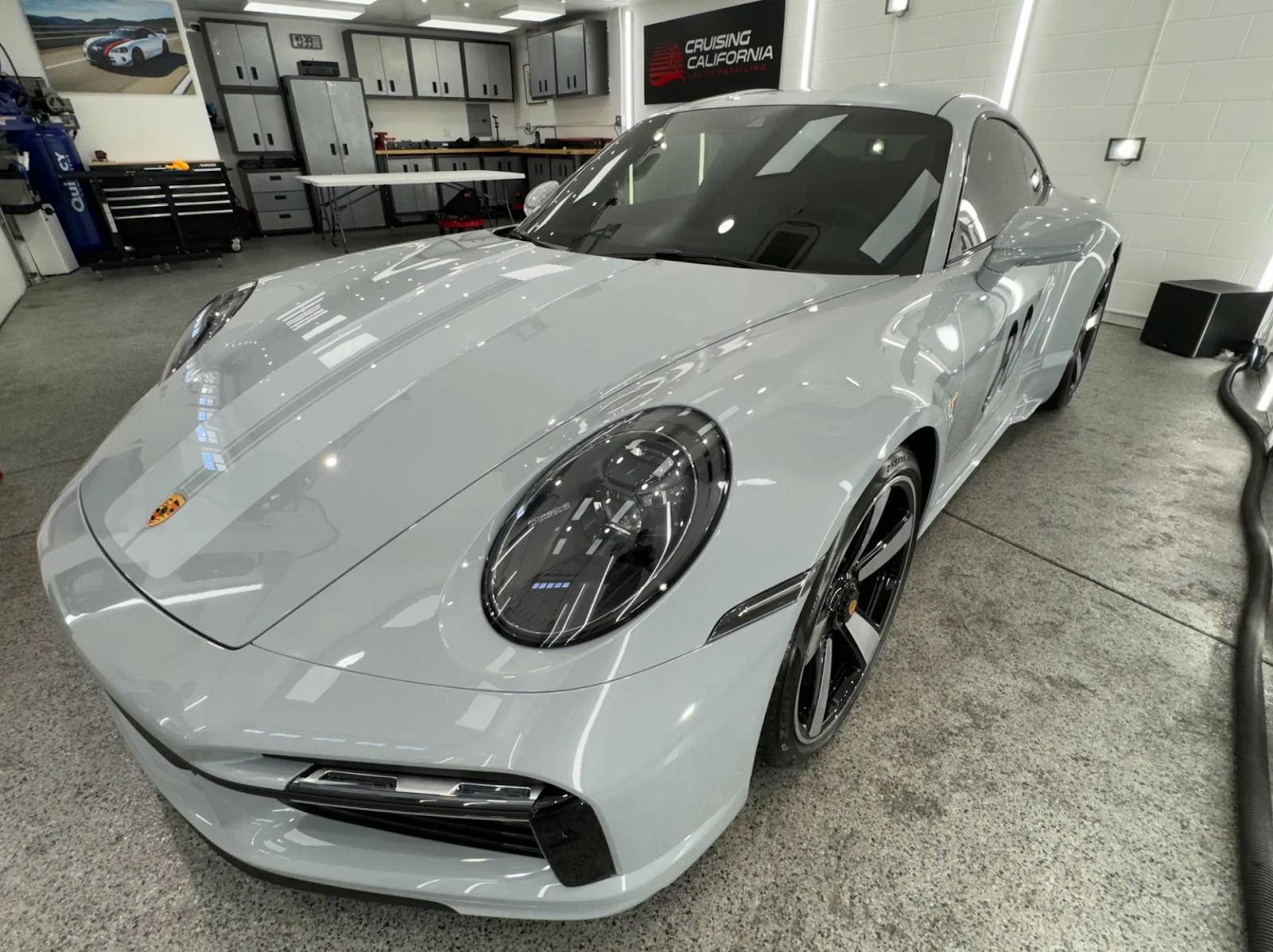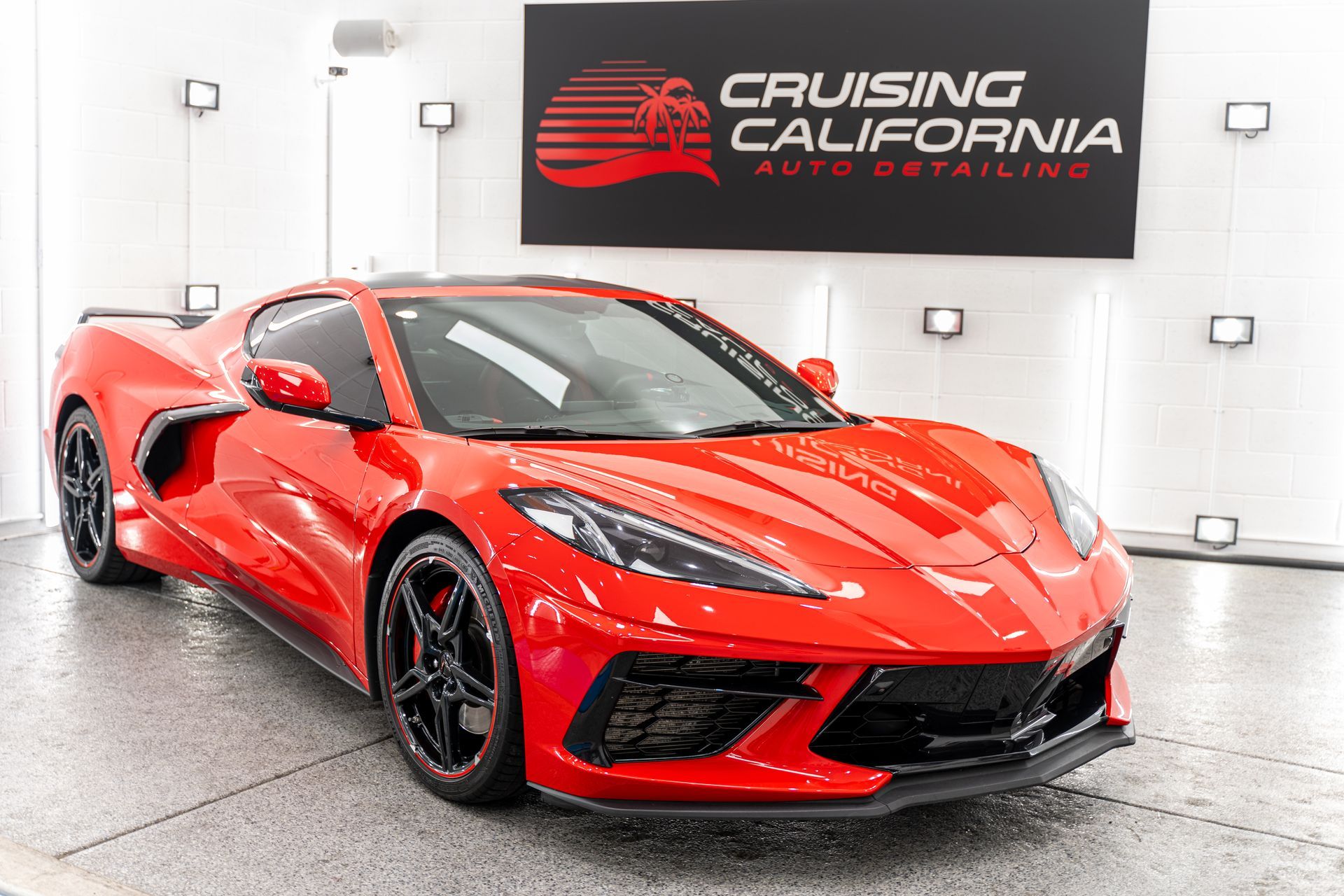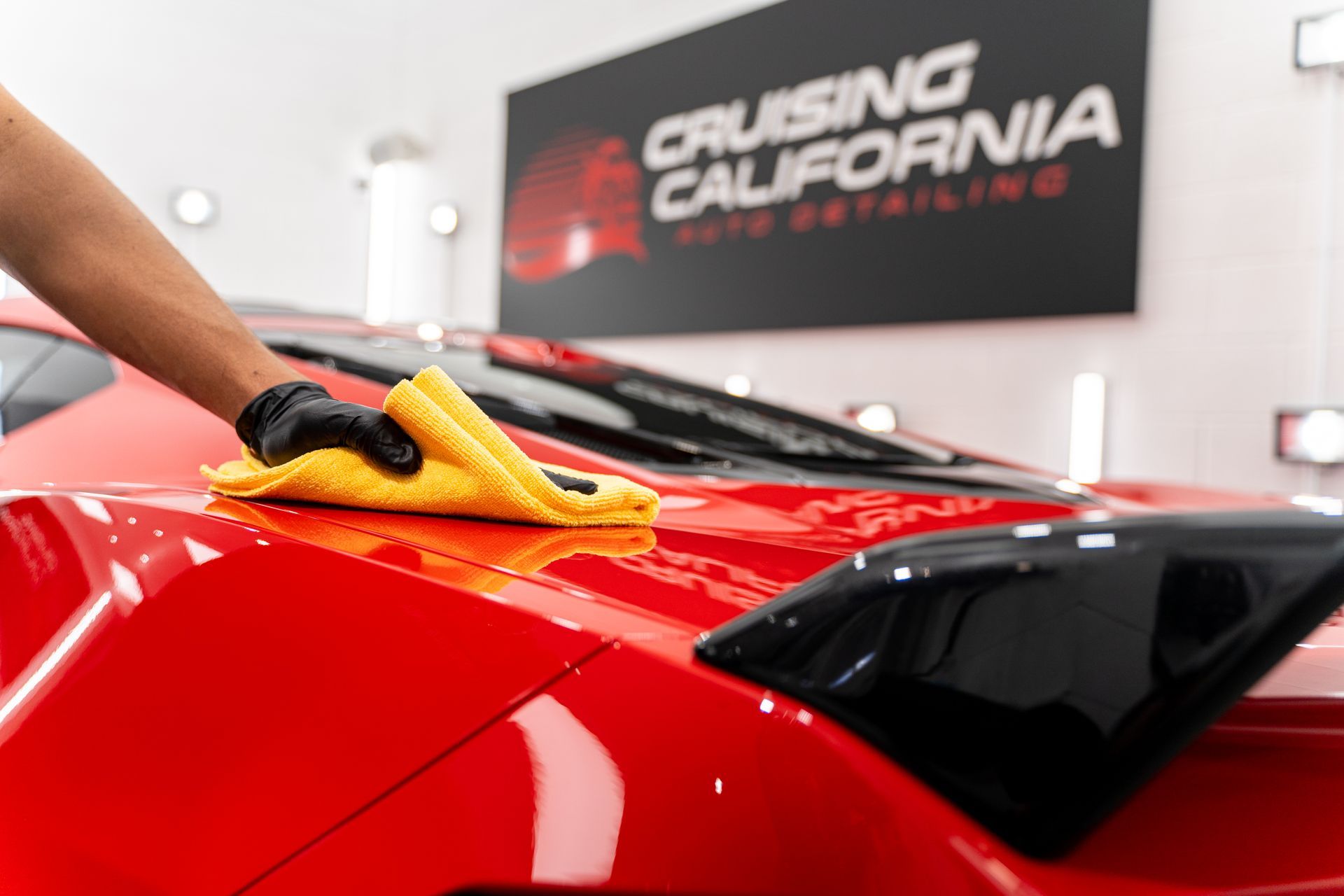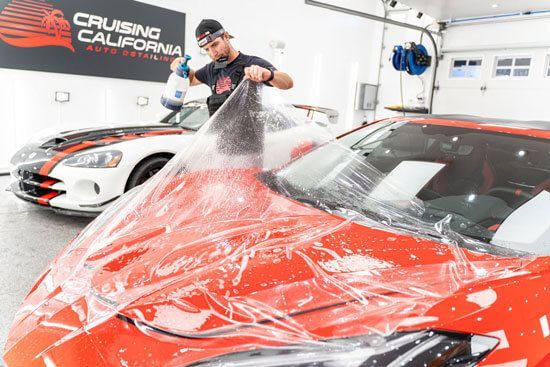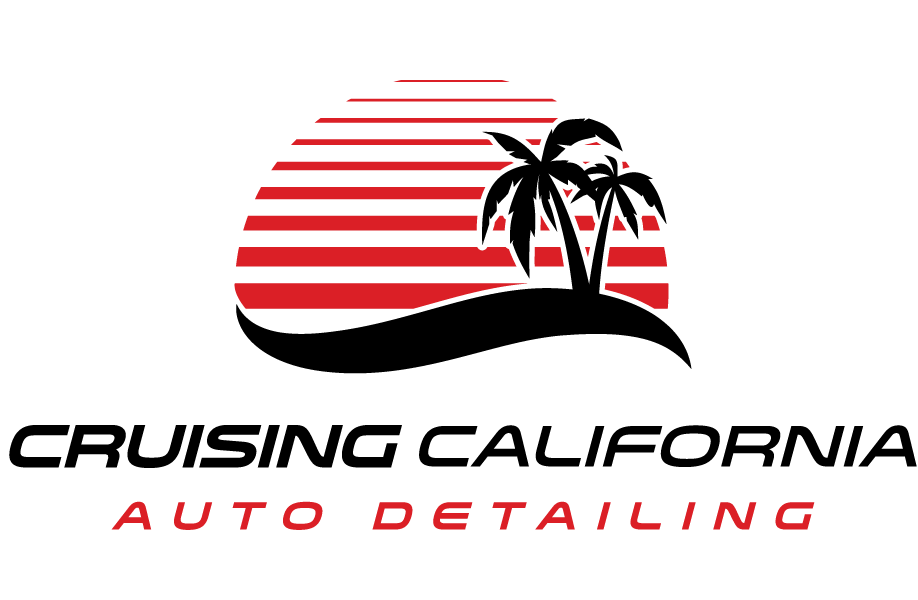When you finally drive home in your new car, it feels like the start of a thrilling adventure. But along with that excitement comes the reality that scratches, chips, and sun damage could dim that shine over time. As a new car owner, protecting that stunning paint job isn’t just a good idea—it’s essential. That’s where Paint Protection Film (PPF) steps in. This transparent shield does more than keep your vehicle looking fresh; it saves you from costly repairs and helps maintain resale value further down the road. In this article, we'll dive into what PPF is, explore its benefits, and explain why investing in this protective film can be one of the smartest decisions for your automotive journey.
PPF is considered essential for new car owners because it offers robust protection against scratches, chips, and UV damage, thereby preserving the vehicle's appearance and longevity. Additionally, by maintaining the car's aesthetic appeal, PPF enhances its resale value, making it a financially wise investment for those looking to protect their automotive asset.
What is Paint Protection Film (PPF)?
Paint Protection Film (PPF), often referred to as a "clear bra," is more than just a protective covering for your vehicle; it represents an investment in the longevity and aesthetics of your car. Made from a thermoplastic urethane compound, PPF is designed specifically to absorb impact and defend against threats such as scratches, chips, and stains caused by road debris, environmental pollutants, and harmful UV rays.
Imagine driving on a gravel road where small stones continuously threaten your paint job–this is where PPF truly shines by offering a barrier that can take the beating for you. Applying PPF is relatively straightforward and quick, making it accessible for many car owners who wish to preserve their vehicle's pristine appearance. Once installed, the film adheres tightly to the exterior finish of the car, providing an almost invisible layer of protection.
Importantly, one of the standout features of PPF is its remarkable self-healing ability. Minor scratches can dissipate when exposed to heat from sunlight or even from simple warmth created by your hands or a heat gun. This extraordinary property means that your vehicle can maintain its flawless look without requiring constant touch-ups or repainting. The thickness of PPF usually ranges between 6 to 8 mils (0.006 to 0.008 inches), creating an effective shield of protection while remaining lightweight.
Over time, choosing to install PPF can lead to significant cost savings for car owners. Instead of worrying about costly repairs or repainting due to chips or burns from road debris, you’ll find that maintaining your vehicle’s condition becomes easier. Moreover, high-quality PPF can offer up to 99% UV protection, helping combat paint fading and oxidation that can occur after prolonged sun exposure.
Understanding the multiple layers of benefits provided by this innovative product highlights its value for new car buyers who seek reliable solutions for enhancing their ride’s appearance and longevity. Let’s take a closer look at what makes this protective film such a game-changer.
Key Benefits of Paint Protection Film
One of the most significant advantages of PPF is its protection from road debris. Imagine driving on a gravel road where every little bump can threaten your car’s shiny new paint. PPF acts as a robust shield against tiny rocks, gravel, and other road contaminants that could chip away at your vehicle's exterior.
UV Resistance
Another valuable feature of PPF is its impressive UV resistance. We all love that fresh look when we first drive our new car off the lot, but over time, exposure to sunlight can lead to paint fading that diminishes both appearance and value. Paint Protection Film effectively absorbs harmful UV rays while ensuring that the underlying paint remains pristine and unchanged. This barrier not only protects the vehicle's aesthetic appeal but also prolongs its lifespan, saving you money in the long run.
Self-Healing Properties
Many modern PPFs possess incredible self-healing properties, which means that minor scratches can essentially disappear with a little heat—whether it's from sunlight or the warmth generated by your vehicle's engine. Rather than worrying about dings and scratches that accumulate from daily use, you can bask in the comfort of knowing that your investment maintains its flawless look, keeping your car looking as new as the day you purchased it.
These essential benefits make PPF a highly attractive option for car owners who want protection without sacrificing aesthetics. Whether it's shielding against road debris or providing defense against UV damage and minor scratches, investing in Paint Protection Film enhances your vehicle’s overall integrity and performance. As we explore further, consider how these features can reshape your ownership experience and fortify your decision-making process regarding maintenance and care.
Why New Car Owners Should Consider PPF
For new car owners, investing in paint protection film (PPF) can feel like an important decision. It's not just an extra layer on your vehicle; it actively maintains its aesthetic appeal, leading to greater long-term satisfaction and investment value. Think about it this way: every scratch or rock chip diminishes not only the look of your vehicle but also its worth over time. By applying PPF from the get-go, you're essentially creating a safeguard that keeps your vehicle looking as pristine as when you first drove it off the lot.
While some skeptics might raise concerns about the initial cost of PPF, it's essential to weigh this against potential long-term savings. The cost, which ranges from $2,000 to $7,000 depending on your car and how much area you want covered, may seem steep at first glance. However, when you consider the money you'd potentially spend on paint repairs or restoration down the line—costs that could easily surpass the upfront investment in PPF—it becomes clear that this choice provides significant savings over time.
Within today's market, where maintainability and resale value are increasingly essential factors for savvy consumers, it's crucial to recognize that vehicles equipped with PPF can retain approximately 15% higher resale value than those without this protective film. So not only does PPF protect your investment now, but it also pays dividends later when you decide to sell or trade-in your vehicle.
As we examine the various benefits of paint protection film, understanding the installation process is equally important for new owners wanting to make informed decisions about their vehicle's care. Let’s explore what you can expect during installation.
Installation: What to Expect
The journey of applying paint protection film (PPF) begins well before the film touches your car. First and foremost, the vehicle undergoes a thorough cleaning — think of it as preparing a canvas before an artist starts their masterpiece. This step is crucial because any remaining dirt or debris could lead to imperfections under the film, detracting from its effectiveness. A meticulous wash, followed by drying and possibly even clay bar treatment, ensures your car is spotless.
Once your vehicle shines like new, the next stage involves some technical prowess. After scrubbing is complete, technicians proceed to film cutting. Here, the magic happens: PPF sheets are pre-cut to fit your specific vehicle model. Many professional shops utilize specialized software that maps out blueprints based on your car’s dimensions. This ensures precision and helps eliminate excess waste, achieving a perfect fit with minimal adjustments required during application.
With the film ready, it's time for the delicate part of the process. When it comes to the application, there’s a bit of science and art at play. The film is applied using a slip solution—this special mixture allows for easy positioning without risk of immediate adhesion. It's crucial not to rush this step; careful alignment will make all the difference in how well it looks afterward.
Next up is an important step called squeezing out the solution. Using a squeegee, technicians remove air bubbles and any remaining slip solution trapped beneath the film. This is where attention to detail truly shines—getting rid of those bubbles ensures a smooth finish without flaws. It can be somewhat akin to smoothing a sheet over a mattress; every wrinkle needs to be addressed for optimal appearance.
Finally, we reach the last crucial phase. The final touch is known as heat setting, where a heat gun activates and bonds the adhesive on the film securely against your vehicle's surface. Heat makes the material more pliable, allowing it to conform flawlessly to curves and contours. This meticulous finalization gives your car that pristine look—making it seem like it just rolled out of the showroom!
This entire installation experience isn't just about slapping on a piece of plastic; it requires skilled craftsmanship and serious attention to detail, ensuring both performance and aesthetics are preserved for years to come. Transitioning from this in-depth look at installation methods, it's essential to evaluate how this protective measure stands against other available options.
Comparing PPF to Other Options
While ceramic coating offers a sleek, hydrophobic finish that makes your car a breeze to clean, it simply doesn't measure up when it comes to physical protection. Imagine a summer rain washing over your perfectly polished car, only for that beautiful shine to become marred by rock chips as you drive down gravel roads.
This is where Paint Protection Film (PPF) shines—literally and figuratively! PPF provides a sturdy shield against road debris, minimizing the risk of small scratches and dents that can happen with regular use. Consider this: if you've ever watched videos of cars driving on dirt roads, you'll see rocks flying up all around them. A vehicle without PPF is vulnerable to any potential damage from those rocks, while one with PPF will stand resilient, absorbing much of that impact. This self-healing property means minor scratches can disappear with heat exposure, ensuring your car maintains its pristine appearance over time. In stark contrast, ceramic coatings might offer a glossy surface but don't empower your vehicle against everyday wear and tear.
PPF vs. Regular Wax
Now let’s pivot to traditional waxing. While waxing may give your vehicle that showroom shine, it pales in comparison when evaluating comprehensive protection. Wax applications are generally thin layers that easily wear off under harsh conditions—a little rain or dirt, and the protective benefits virtually vanish overnight! To illustrate the difference further, think about wax as a temporary layer of shine—it might help keep your car looking clean immediately after application, but when you dive into heavy traffic or after some rough weather hits, it won’t stand a chance against rock chips and road grime like PPF would.
So what are the practical benefits? When weighing these options together:
- PPF provides excellent resistance against impacts and minor scratches while boasting self-healing properties.
- Ceramic Coating, on the other hand, offers hydrophobic qualities for easier cleaning but limited protection from deep scratches.
- Wax may enhance surface shine but lacks substantial barriers against serious physical damage.
By comparing these different options, new car owners can appreciate the significant value that PPF adds in safeguarding their investment. With all these protective features in hand, choosing the right film will further strengthen their vehicle's defenses against daily wear and tear.
Tips for Choosing the Best PPF
Evaluating the material is essential when it comes to selecting the right paint protection film. High-quality PPF not only provides the durability needed to withstand road debris but also features self-healing properties that keep your vehicle looking fresh. Reputable brands have gained strong reputations in automotive circles for offering exceptional films, so be on the lookout for these names when making your choice. You're investing in protection, so ensure that the product you select has been rigorously tested. Once you've narrowed down the options based on material, consider how installation plays a significant role in the effectiveness of the film.
The quality of installation is as crucial as picking the right product itself. It's not enough to just buy good PPF; you need it applied correctly. Selecting certified installers with substantial experience can make all the difference. That's why it's wise to ask about their training and expertise before making any commitments. Moreover, check if they use modern technology like software for precision cutting; this ensures that there are no risks of damaging your car's paint during installation. It might seem small, but precision matters immensely when it comes to achieving a flawless finish.
After considering installation, an important aspect that often gets overlooked is warranty and customer support. When choosing PPF products, aim for those that come with solid warranties—ideally a minimum of 10 years. This guarantees long-term protection and demonstrates that the manufacturer stands behind their product. A reliable warranty means you've got peace of mind should anything go wrong or need repairs down the line. Additionally, look into the company's customer support. Responsive service can help address concerns and issues you might encounter with your PPF, ensuring you're never left in the dark.
Finally, customer experiences offer invaluable insights that can aid your decision-making process dramatically. Researching user reviews on forums or social media platforms can provide deeper insights into how different PPF products perform in real-life scenarios. Genuine feedback can highlight strengths and weaknesses that may not be mentioned by manufacturers. It’s beneficial to pay attention to feedback that indicates how well the PPF holds up under various conditions, such as exposure to sun or harsh weather. Personal accounts from other car owners will give you a good sense of which products live up to their promises and which do not.
By following these detailed tips, new car owners will feel more empowered to make informed decisions when selecting paint protection film, ensuring their vehicles remain in pristine condition for years to come. Incorporating these strategies will complement your investment in paint protection film and extend your vehicle's aesthetic appeal and value over time. Remember, protecting your car contributes significantly to its longevity and resale potential.
Protect Your Paint with Precision and Durability
Shield your vehicle’s finish from chips, scratches, and daily wear with the top-tier paint protection film (PPF) services at CCA Detailing & Ceramic Coating | PPF in El Cajon, CA. Our expertly installed PPF provides a nearly invisible barrier that preserves your car’s pristine appearance while defending against road debris and environmental damage. With advanced technology and meticulous attention to detail, we ensure long-lasting protection and a flawless finish for your investment. Experience the confidence of superior paint protection—schedule your PPF installation today.

